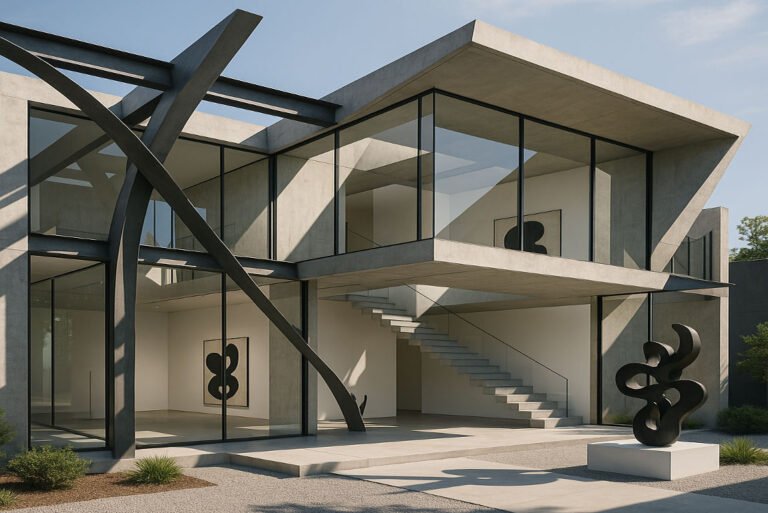Have you ever walked into a home and felt like you were stepping into a masterpiece? A place where every corner tells a story, every wall feels alive, and every detail seems to blend seamlessly into a larger vision? That’s the magic of an art and architecture house. These homes are more than just places to live—they are living, breathing works of art.
Whether you’re a homeowner, a designer, or simply someone who appreciates beauty, understanding this concept can inspire you to create spaces that are not only functional but also profoundly meaningful.
Defining the Art and Architecture House
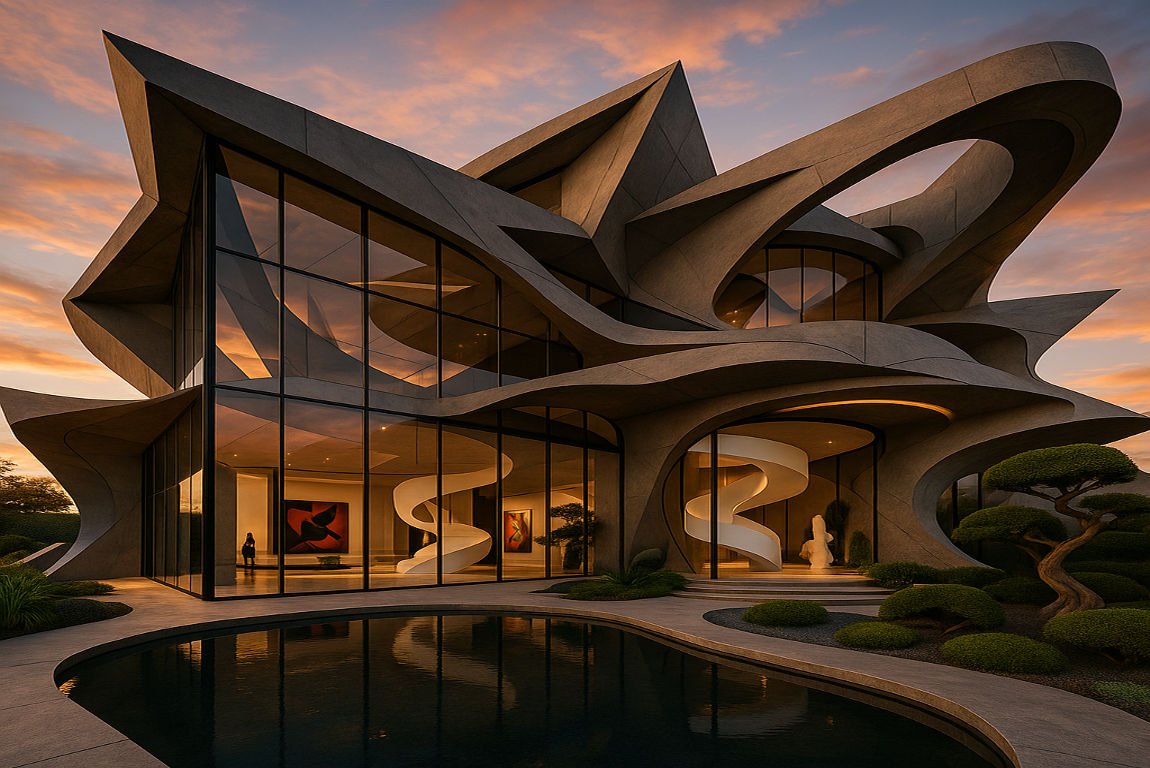
What is an Art and Architecture House?
An art and architecture house is a home where art and architecture are seamlessly integrated to create a unified aesthetic experience. Unlike typical houses, where art is often an afterthought or decoration, these homes are designed with art as a central element. The architecture itself becomes a canvas, and every structural detail is carefully crafted to complement and elevate the art within.
Historically, this concept has evolved from movements like the Bauhaus in the early 20th century, which emphasized the unity of art, craft, and architecture. Today, art and architecture houses are celebrated for their ability to merge functionality with artistic expression, creating spaces that are both inspiring and livable.
The Philosophy Behind Artful Architecture
At its core, the philosophy of art and architecture houses is about harmony. It’s the belief that architecture can be both a vessel for art and a work of art itself. This philosophy is guided by key principles such as:
- Rhythm: The repetition of patterns or elements to create visual flow.
- Texture: The use of materials that evoke emotion and depth.
- Form: The shape and structure of the building as a sculptural element.
- Harmony: The balance between different design elements.
- Scale: Ensuring that spaces feel proportionate and human-centered.
By embracing these principles, architects and designers create homes that feel alive, dynamic, and deeply connected to the people who inhabit them.
The Interplay Between Art and Architecture
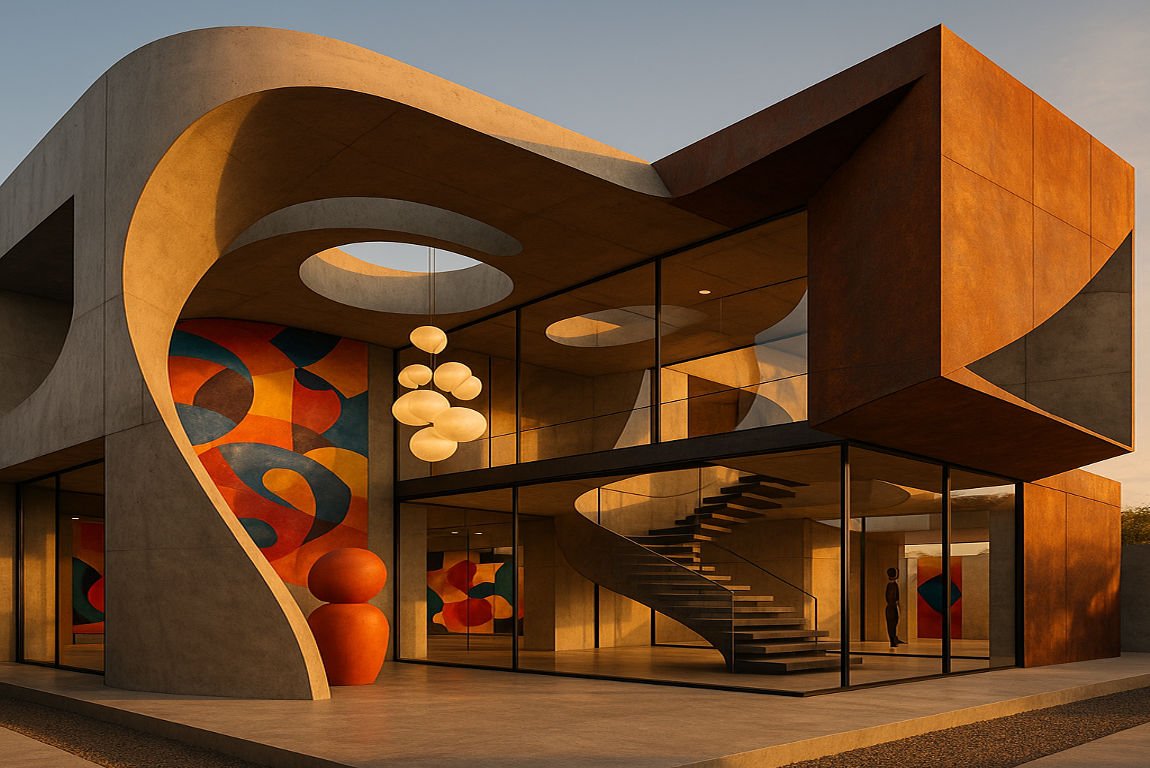
How Art Influences Architectural Design
Art has the power to shape the way we experience spaces. In art and architecture houses, this influence is profound. For example:
- Sculptures and Installations: Large-scale sculptures can define the exterior of a home, while installations can transform interiors into immersive experiences.
- Murals and Paintings: These can dictate the color palette and mood of a space, influencing everything from furniture choices to lighting.
- Cultural Identity: Art often reflects the cultural heritage of the homeowner, adding layers of meaning to the design.
You may also read (master architectural engineering a home course guide).
A striking example is the use of murals in modern homes, where entire walls become canvases for storytelling, blending personal narratives with architectural form.
How Architecture Frames and Elevates Art
Just as art influences architecture, architecture can also frame and elevate art. Consider the concept of art niches—dedicated spaces within a home designed to showcase specific pieces of art. These niches are often lit with precision, drawing attention to the artwork and creating moments of contemplation.
Case studies of homes designed with art in mind reveal how architecture can transform our perception of art. For instance, a staircase might double as a gallery, with each step offering a new perspective on the pieces displayed.
The Emotional and Functional Impact
When art and architecture come together, the result is more than just visual appeal—it’s an emotional experience. These homes create spaces that:
- Inspire Creativity: Living in an artful environment can spark imagination and innovation.
- Promote Well-Being: Studies show that art can reduce stress and enhance mood, making these homes havens of tranquility.
- Enhance Daily Living: Functional design elements, like open layouts and natural lighting, ensure that these spaces are as practical as they are beautiful.
Key Elements of an Art and Architecture House
Architectural Features That Support Art
To create a home that celebrates art, certain architectural features are essential:
- Open Floor Plans: These provide flexibility for displaying large artworks or installations.
- Natural Lighting: Skylights, large windows, and strategically placed openings ensure that the art is beautifully illuminated.
- Wall Niches and Shelves: Built-in spaces designed specifically for art pieces.
Integrating Art into Interior Design
Art doesn’t just sit on walls—it interacts with every aspect of a home’s interior design. Here’s how:
- Color Schemes: Art can inspire the palette of a room, creating harmony between walls, furniture, and decor.
- Furniture Choices: Sculptural furniture pieces can complement or contrast with artworks, adding depth to the design.
- Spatial Flow: The placement of art can guide movement through a home, creating a sense of discovery and exploration.
Creating Focal Points and Storytelling Spaces
Every home has its moments—those spaces that draw the eye and invite reflection. In art and architecture houses, these moments are carefully curated:
- Staircases: Often designed as galleries, with walls that showcase a rotating collection of art.
- Hallways: Transformed into immersive corridors of creativity.
- Entryways: The first impression of the home, often featuring bold, statement pieces.
Case Studies: Exemplary Art and Architecture Houses
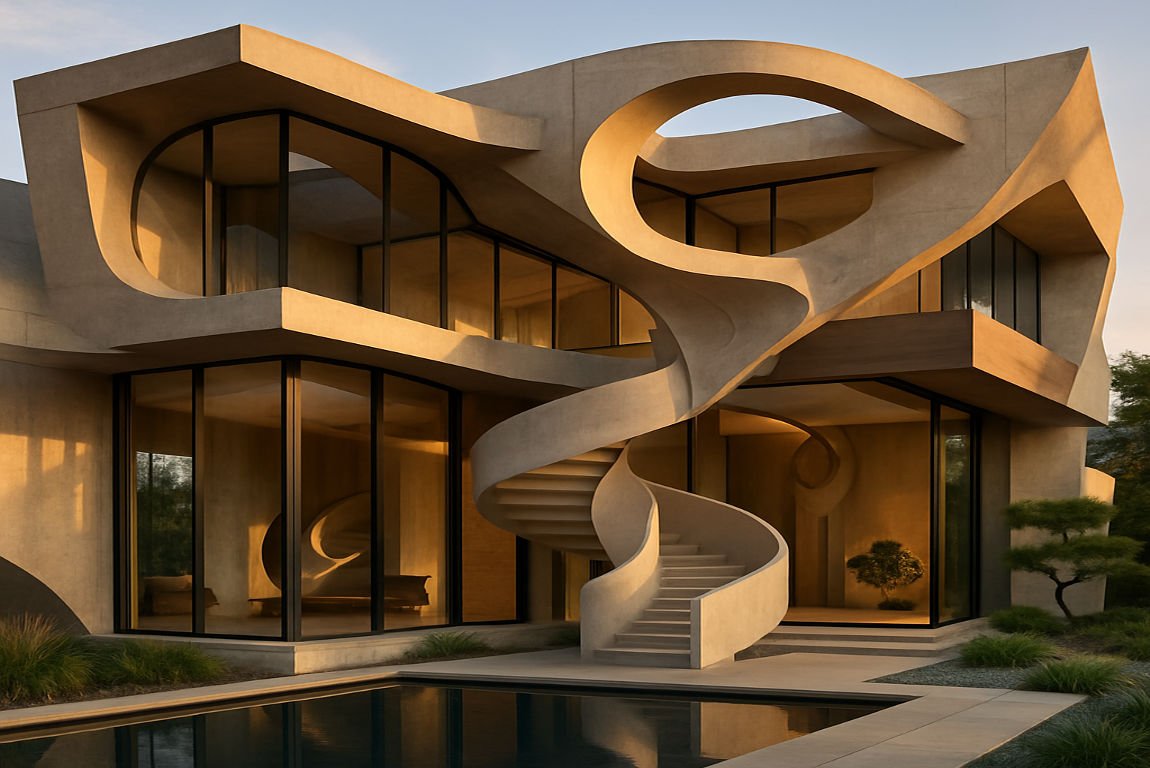
Zeidler Residence
You may also read (how to prevent ticks from infesting your home).
- Features an extensive art collection integrated into the home’s design.
- The staircase serves as both a functional element and a gallery space.
Emerald Bay Residence
- Inspired by Japanese design, with a tokonoma art niche that creates a serene atmosphere.
Crescent Drive Residence
- Large wall spaces act as canvases for art, blending technology and aesthetics.
Waldfogel Residence
- Incorporates sculptural concrete walls that are both structural and artistic.
Spectral Bridge House
- A collaboration between architects and artists, resulting in immersive installations.
Practical Tips: Designing Your Own Art and Architecture House
Planning for Art from the Start
- Collaborate early with architects and artists to ensure art is integrated seamlessly.
- Let your art collection guide architectural decisions.
Choosing the Right Art for Your Space
- Consider scale, color, and placement to ensure harmony with your home’s design.
Lighting and Display Techniques
- Use a mix of natural and artificial lighting to highlight art.
- Incorporate built-in niches and custom walls for display.
Balancing Functionality and Aesthetics
- Ensure that artful spaces remain practical for daily living.
The Broader Impact: Art, Architecture, and Community
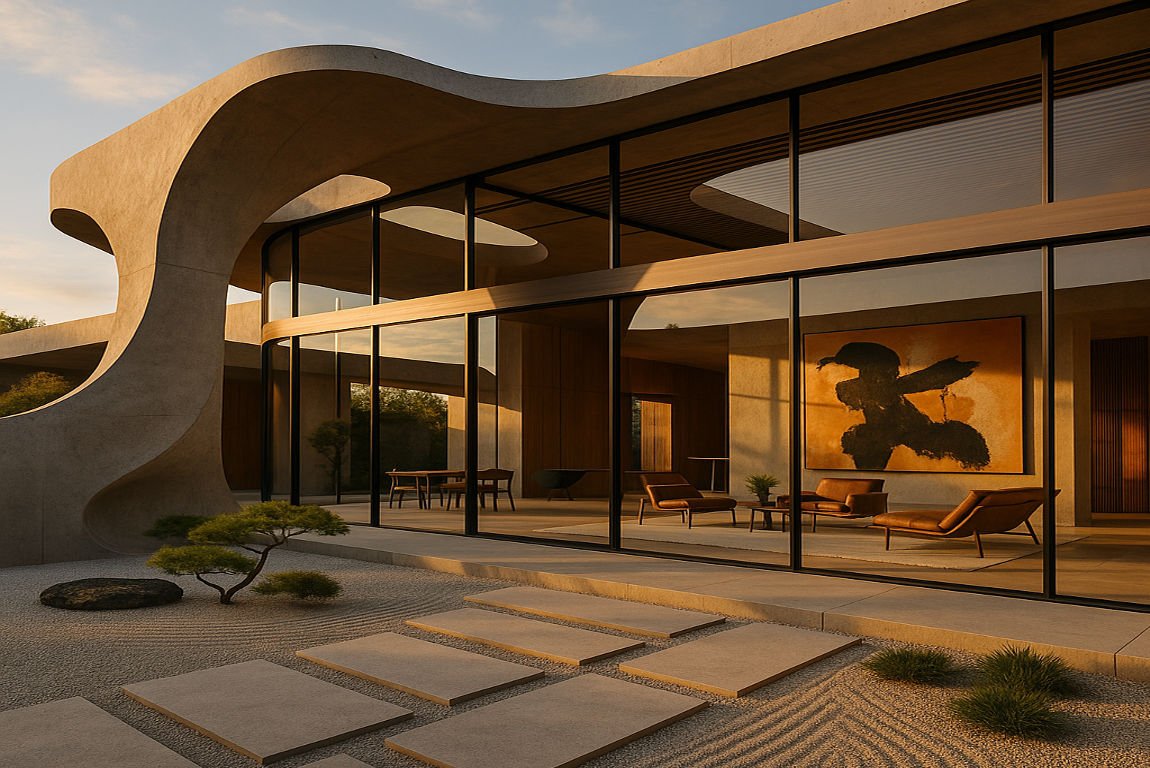
Cultural Significance
Houses of art and architecture often reflect the cultural identity of their communities, serving as symbols of creativity and heritage.
Inspiring Creativity and Well-Being
These homes foster a sense of wonder and inspiration, enhancing the lives of those who live in and visit them.
You may also read (exploring the role of trusses in modern house design).
